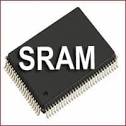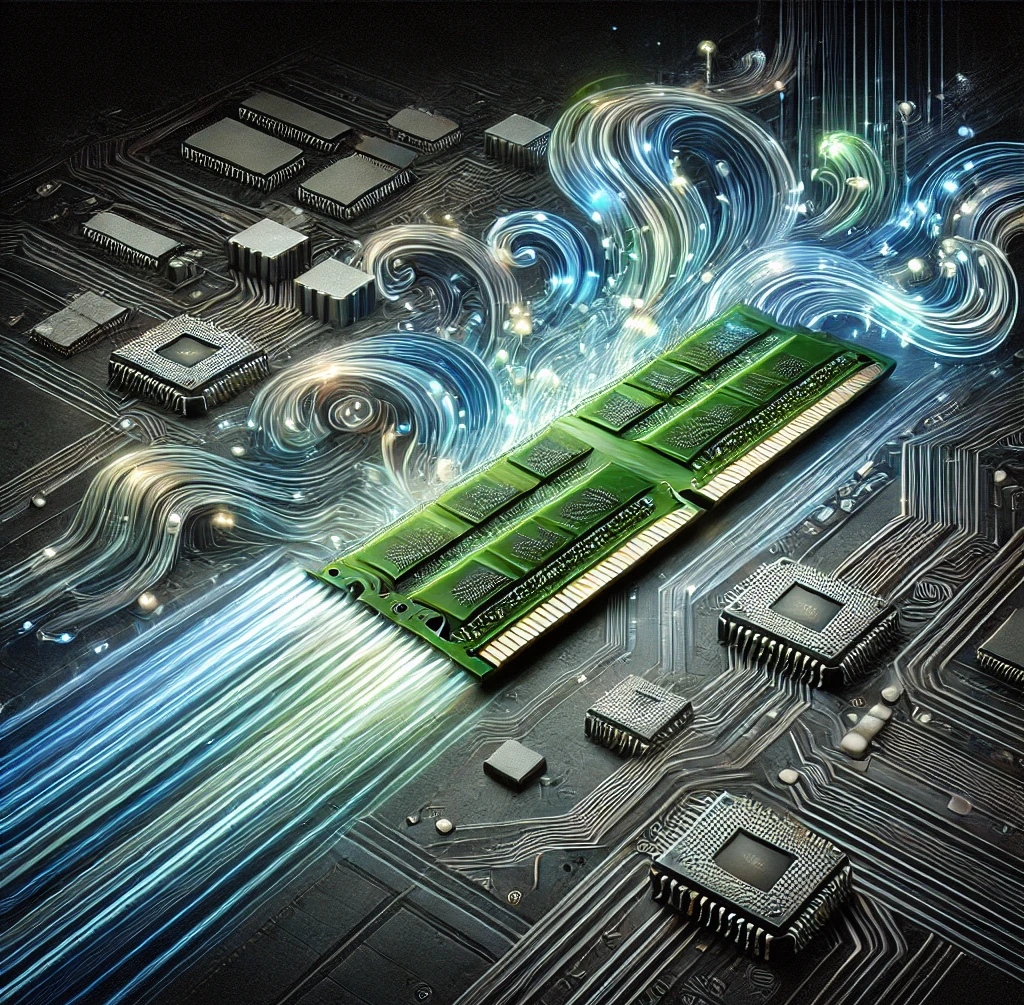Random Access Memory (RAM) is a sort of main memory that can be accessed directly by the CPU and is one of the fastest.
It’s the hardware in a computer device that stores data, programs, and program results temporarily.
It is volatile, which means that if the computer is shut off or if there is a power off, the information contained in RAM will be gone. At any time, all data stored in this types of memory can be read or accessed at random.
Types of RAM Memory in Computer
RAM is divided into two categories:
DRAM (Dynamic RAM):

DRAM (Dynamic Random-Access Memory) is a form of RAM that is used to store data dynamically. Each cell in DRAM stores one bit of data.
A capacitor and a transistor are the two components of the cell. Because the capacitor and transistor are so small, they must be stored in millions on a single chip.
As a result, a DRAM chip of the same size can store more data than an SRAM chip of the same size. However, because DRAM is volatile, the capacitor must be recharged on a regular basis in order to retain information.
Characteristics of DRAM
- To keep the data, it must be renewed on a regular basis.
- It’s a little slower than SRAM.
- It can store a lot of information.
- It is made up of a capacitor and a transistor.
- When compared to SRAM, it is less expensive.
- Power usage is reduced.
SRAM (Static RAM):

SRAM (Static Random-Access Memory) is a form of RAM that is used to store static data. It means that data stored in SRAM is active for as long as the computer system is powered up. When there are power outages, however, data in SRAM is lost.
Characteristics of SRAM
- It does not need to be refreshed.
- It faster than DRAM.
- It’s not cheap.
- Power consumption is high.
- Longer life span
- A big size
- It can be used as cache memory.

Leave a Reply